Ural Unveils Neo 500: A Lighter, Cheaper Sidecar Rig Bound For The US
The entry-level machine is expected to hit our shores in 2026.
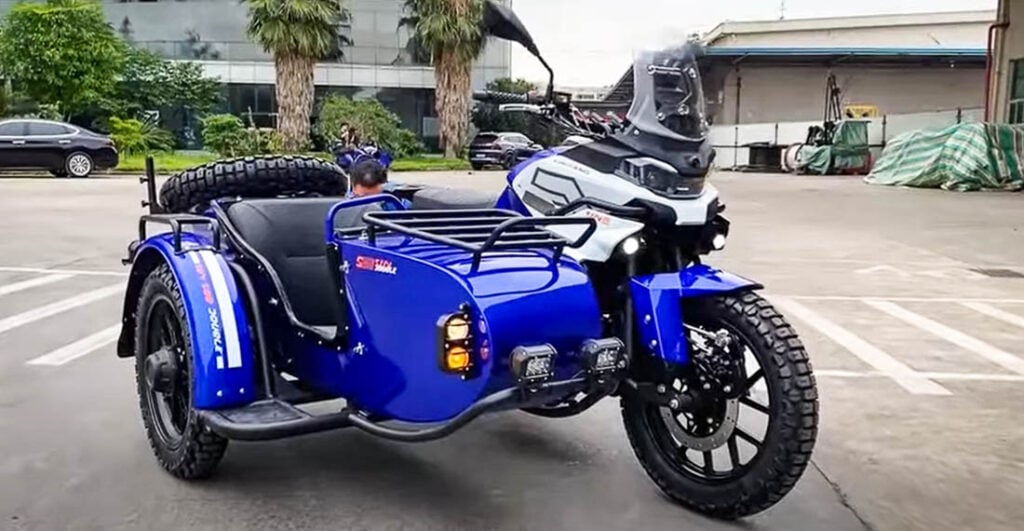
Ural, best known for old-school sidecar rigs with 2-wheel drive systems, is heading in a new direction with its all-new Neo 500 — an easier to ride, lower-cost outfit built for low-key ADV explorers, urban commuters, dog-haulers, and perhaps especially, those who’ve been sidecar-curious but have been put off by the heft and high prices of traditional rigs.
Expected to land in U.S. dealerships by mid-2026 with a price tag under $15,000, the Neo represents Ural’s effort to introduce a more accessible model. It’s a strategic move to widen appeal, especially with the brand’s 749cc base model currently starting at $19,999. “This is our chance to make sidecars mainstream again and we’re serious about it,” says Ural CEO Ilya Khait.
So how are they making it more affordable? The Neo 500 is the first Ural to run a Chinese-made engine and the first to use a sidecar platform developed outside the company. It’s powered by a smaller 446cc liquid-cooled parallel twin from Chinese maker Zongshen — a platform that’s fairly common in parts of Asia but nearly unknown here in the States. Cycle World reports, the bike will be manufactured by Yingang in China under Ural’s specifications and will be based on the Chinese company’s SUV 500 II sidecar rig.
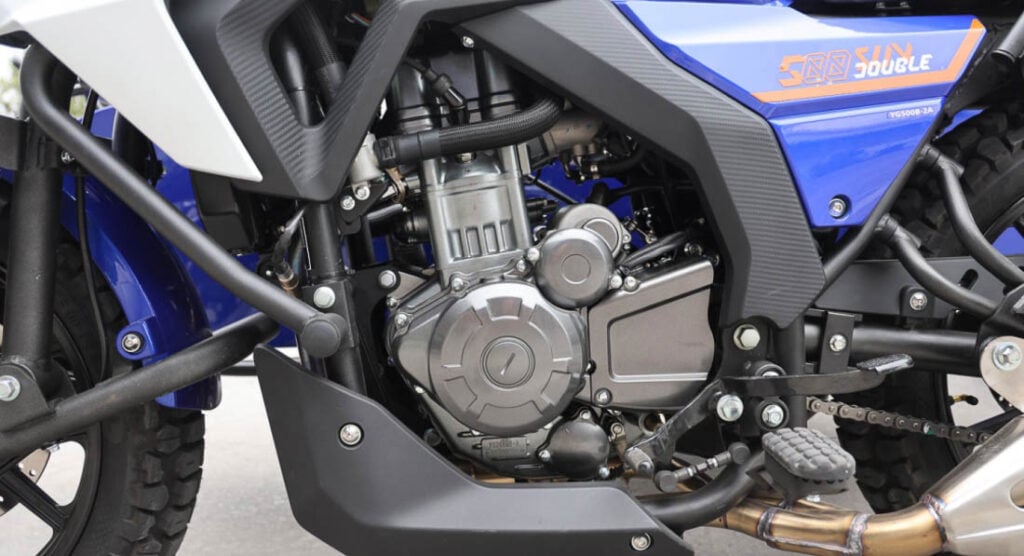
Ural says the Neo’s geometry, suspension, and finish work have all been dialed in to create a machine that’s easier to handle and doesn’t demand the constant tinkering long associated with the brand’s 1940’s-tech Russian-built machines.
The historic company, named for the Ural Mountains where the brand was born in Soviet-era Russia, has long been associated with rugged terrain and overbuilt utility, a reputation forged in part by its origins producing military sidecars.
Final assembly these days takes place in Kazakhstan, however, where Ural relocated in 2022 after global sanctions made it impossible to continue exporting bikes from Russia. Corporate operations — including North American sales and support — are based out of Ural’s longtime U.S. headquarters in Washington state.

Boasting a 5.3 gallon fuel tank, the entry-level Neo 500 will be the first model from “Ural Neo,” a new sub-brand under IMZ-Ural, and the rig has already been demoed to prospective customers at the company’s Washington HQ. That prototype (as seen in these photos) wore the adventure-flavored bodywork of the Yingang SUV 500 II, though Ural says the first production version will be more street-flavored, with revised details, graphics, and components that meet the company’s own durability standards.
The engine is expected to deliver approximately 35 horsepower, which puts it squarely in A2-license territory for Europe and gives new riders a manageable on-ramp to sidecar life here in North America. And while it won’t win any drag races, and might not even keep pace with interstate traffic, the rig’s lighter weight and tighter dimensions promise easier handling than Ural’s bigger twins, and may be even better off pavement.
The Neo 500 is looking to trade brute strength for everyday practicality, offering features like a leading-link fork, LED lighting, a 7-inch TFT display, and even a built-in dash cam. It also comes standard with a lockable trunk, passenger seat, windscreen and grab rails.
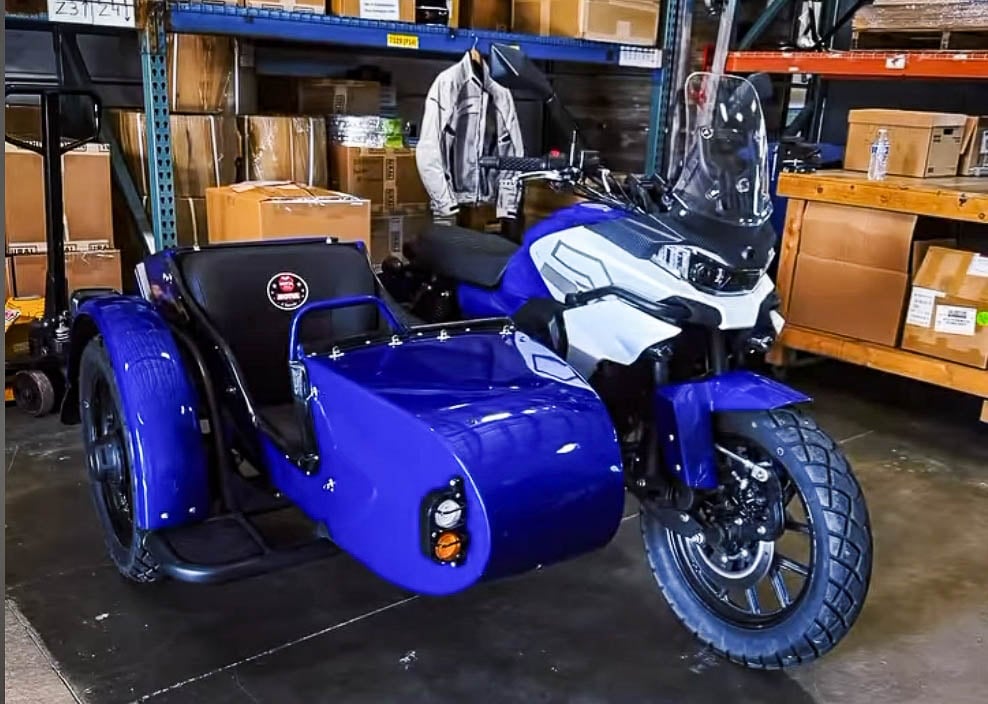
And while the heart of the new platform is Chinese, Ural emphasizes that the rig is being built to their specifications, ensuring alignment with the company’s standards for quality and components.
One obvious question: Does this mix of Chinese hardware and globally scattered assembly points spell compromise? Not according to Ural CEO Ilya Khait, who said in a recent open letter: “We know what will break on this bike and when it will break. We would have never shown the prototype bike to the public if we weren’t certain that we can make it work.”
Ural has also disclosed that Neo test riders have already logged thousands of miles across Russia and Kazakhstan to uncover any weak points before production.
Of course, the flagship Gear Up, powered by a 749cc boxer is a very different machine: heavier, more powerful, and built for off-road use with selectable 2-wheel drive and a locking differential. It’s long been the choice for riders tackling remote terrain, but with a dry weight of 730 pounds, it’s not exactly a casual entry point.
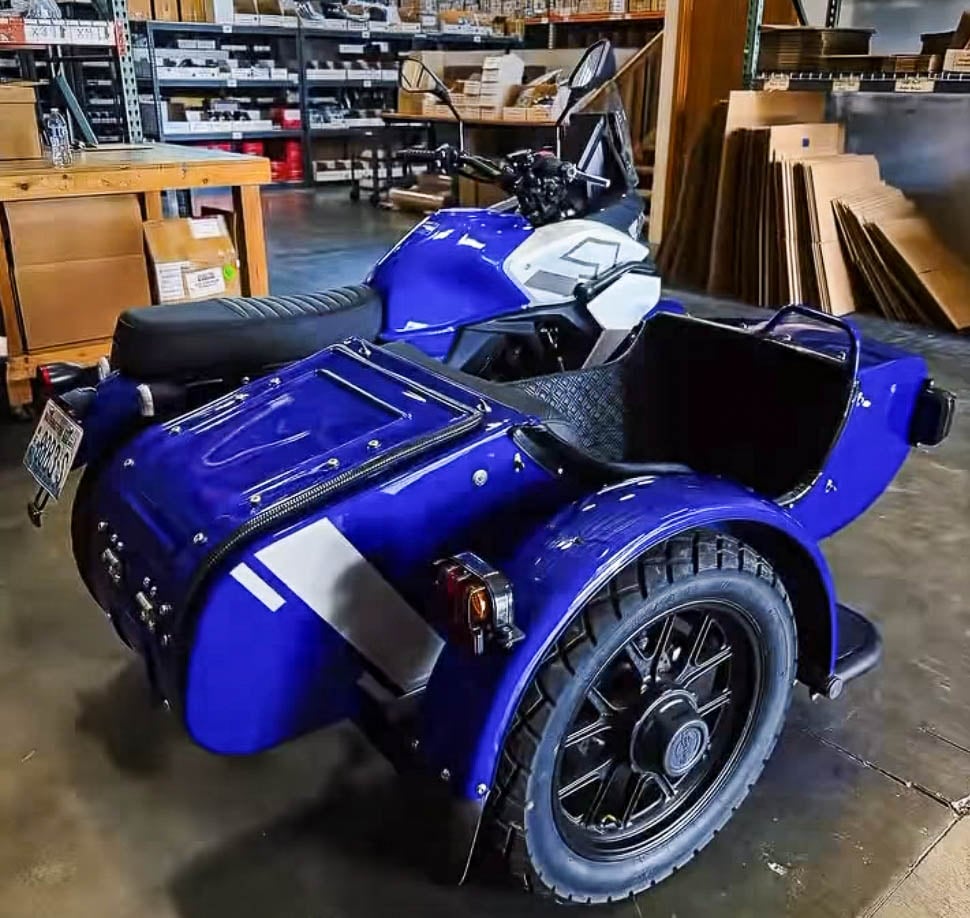
So who’s this rig pointed toward? According to Ural, it’s not a replacement for the Gear Up or any of its other legacy models. Instead, it’s being pitched as a kind of gateway rig — something for newer riders, urban commuters, or even smaller-statured pilots who want the Ural vibe without the heft. Early impressions from folks who’ve had a chance to demo it suggest the Neo 500 delivers a smoother, more intuitive ride that’s less physically demanding and far less intimidating.
For serious ADV riders, the lack of 2WD and the torque provided by the larger flat twin may be a deal-breaker, but for everyone else, the simplicity and lighter feel might make it a better fit for the kinds of dirt and gravel adventures people end up doing most of the time anyway.
For any of you riders who’ve been watching sidecars from the sidelines all these years, the Neo 500 might be the first rig that feels more like an invitation, rather than a dare.




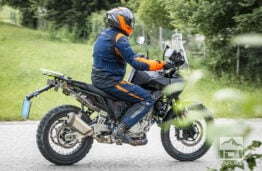
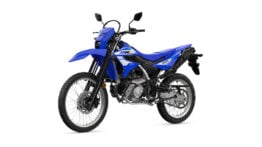
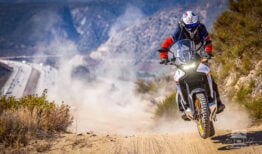
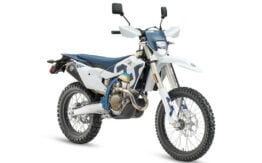


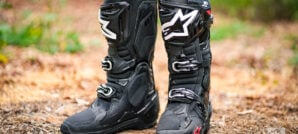
Notify me of new posts via email
I think I would rather have a Chinese bike than a Russian bike for numerous reasons.
I think this is a good move to make the fun of sidecars more accessible, without custom fab skills needed.
I wanted more power and a few creature comforts, so went with a Honda Africa Twin and a custom sidecar.
If this would have been available at the time, I would have considered it.
https://youtube.com/shorts/e8u4BIDjmWc?si=6InnYoTxfEhreuhC
@benfranklinridesagain YT.
The bottom end grunt of the old fashioned 650cc(?) twin will be missed on an outfit. IF I was going for something like that I`ll probably look at this, the bigger engined Chinese version. – CHANGJIANG CJ650 NOMAD – Australian Motorcycle News